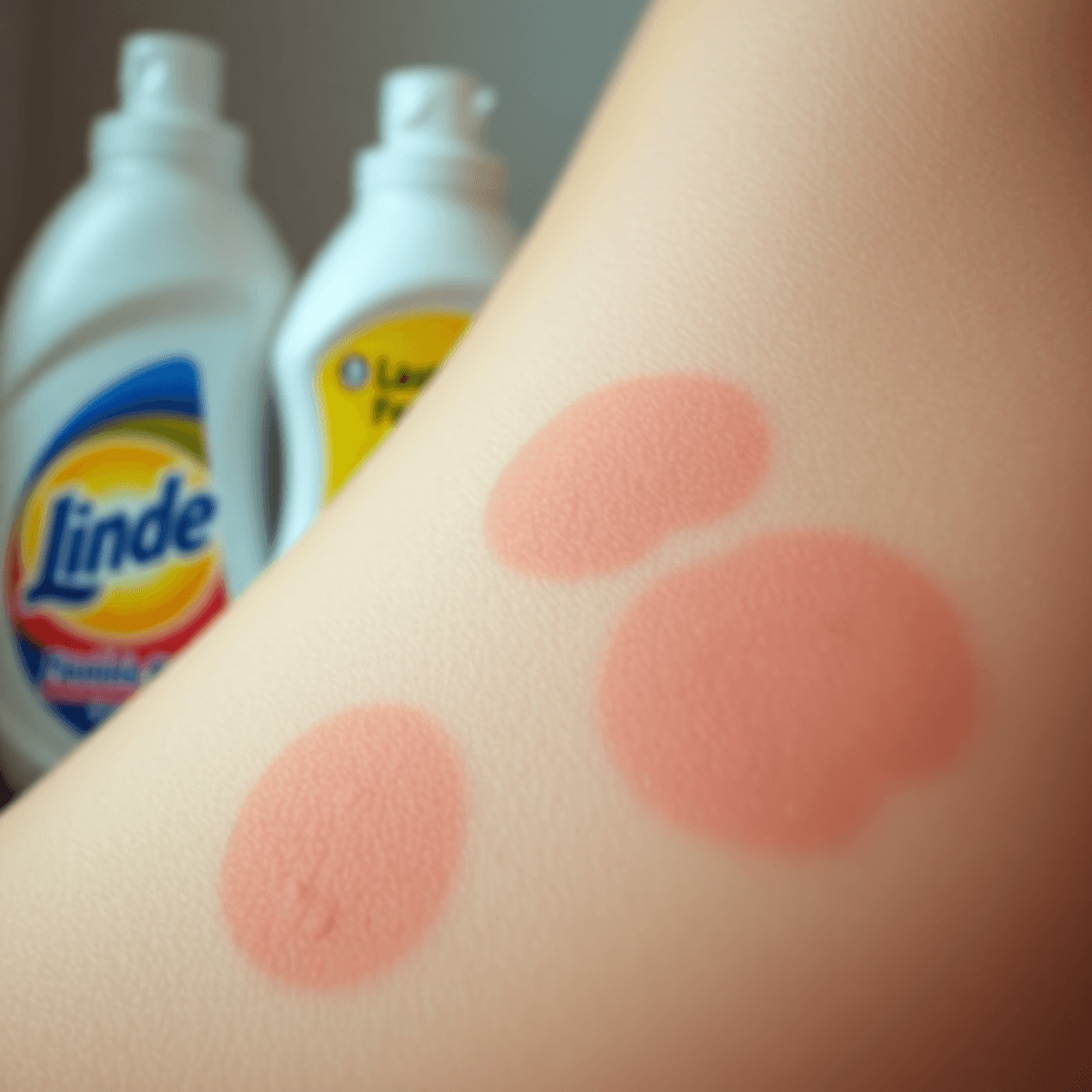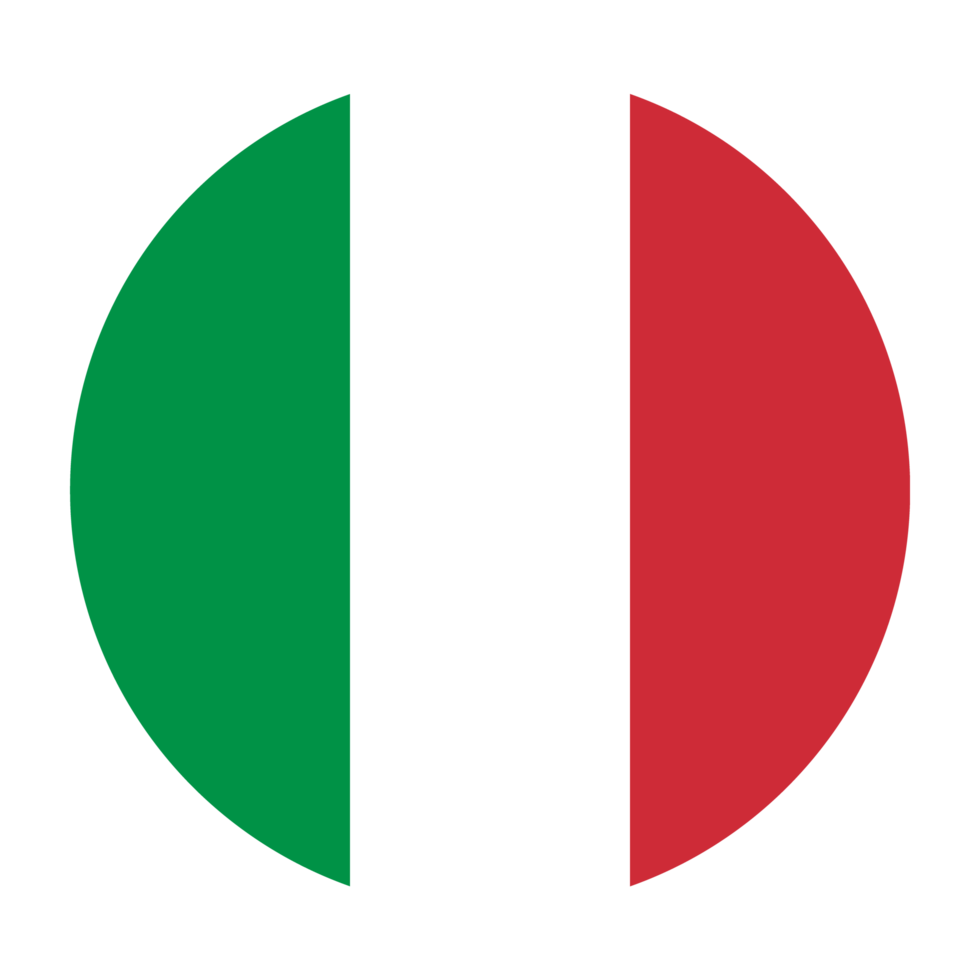Eczema, Dermatitis & Psoriasis: What's the Difference?

Introduction
Eczema, Dermatitis & Psoriasis: What is the Difference?
Eczema, dermatitis, and psoriasis are among the most common chronic skin conditions affecting individuals worldwide. These skin disorders often show similar symptoms like inflammation, redness, and itching, which can lead to confusion. It's important to understand the differences between these conditions for accurate diagnosis and effective management.
- Eczema primarily presents as dry, itchy skin with rashes in specific areas. For those seeking relief from eczema, treatment options are available that naturally help provide relief.
- Dermatitis, often used interchangeably with eczema, includes various types that differ in causes and presentation.
- Psoriasis involves thick red patches covered with white scales due to rapid skin cell growth.
There are many misconceptions about these conditions. Many people mistakenly use terms like eczema vs dermatitis vs psoriasis interchangeably or confuse them due to overlapping symptoms. Recognising their unique characteristics helps in choosing appropriate treatment plans and improving patient outcomes.
Understanding Eczema
Eczema, also known as atopic dermatitis, is a common long-term skin condition that affects people of all ages. It is mainly characterised by an inflamed, itchy rash that frequently appears on the face, hands, feet, and the folds of elbows and knees. This condition tends to fluctuate, with episodes of worsening symptoms followed by periods of improvement.
Symptoms of Eczema
People with eczema usually experience:
- Dry skin: Often leading to cracks or scaling.
- Intense itchiness: This can be particularly distressing, sometimes disrupting daily activities or sleep.
- Red or brownish-gray patches: Commonly seen in specific areas like the face or behind the knees.
- Small raised bumps: These may leak fluid and crust over when scratched.
Understanding these symptoms is crucial for recognising eczema early and managing it effectively.
Causes of Eczema
The exact cause of eczema is still unknown, but several factors are thought to play a role:
- Genetic predisposition: A family history of eczema, asthma, or hay fever increases risk.
- Immune system reactivity: An overactive immune response leads to inflammation when exposed to triggers.
- Environmental triggers: These include allergens (like pollen or pet dander), irritants (such as soaps and detergents), stress, hormonal changes, and weather variations.
By identifying potential triggers and understanding genetic links, individuals can better manage their condition. Recognising these aspects highlights why eczema varies so greatly from person to person in terms of severity and trigger sensitivity.
Understanding Dermatitis
Dermatitis, often referred to as eczematous dermatitis, is a broad term for skin inflammation that leads to a skin rash. While eczema and dermatitis are frequently used interchangeably, it's important to note that eczema is actually a type of dermatitis. This connection underscores the shared characteristics of these conditions, such as red, itchy rashes.
Types of Dermatitis:
- Atopic Dermatitis: This is the most common form of eczema and often presents in childhood. It manifests as dry, itchy patches on the skin and is closely associated with immune system dysfunction and genetic predisposition.
- Contact Dermatitis: Triggered by direct contact with irritants or allergens, this type can be further divided into:
- Irritant Contact Dermatitis: Caused by substances that physically damage the skin.
- Allergic Contact Dermatitis: Occurs when an allergic reaction develops following exposure to a particular substance.
- Seborrheic Dermatitis: Characterised by greasy, scaly patches primarily on the scalp and face. It is thought to be related to yeast found on the skin and may worsen with stress or seasonal changes.
- Nummular Dermatitis: Features coin-shaped spots that can be very itchy. Unlike other forms, it does not have a clear association with allergies.
Understanding these distinct types helps in identifying specific triggers and treatment strategies. Each type has unique features but shares the commonality of causing discomfort and affecting quality of life. Identifying whether your condition fits one of these types can lead to more effective management strategies tailored to your specific needs.
Understanding Psoriasis
Psoriasis is a chronic skin disease that falls under the category of autoimmune diseases. It causes skin cells to grow rapidly, resulting in thick, red patches covered with white scales. These plaques commonly appear on areas such as the elbows, knees, scalp, and lower back.
Key Characteristics
1. Autoimmune Nature
As an autoimmune condition, psoriasis arises from an internal trigger where the immune system mistakenly attacks healthy skin cells. This process accelerates skin cell production and leads to the formation of characteristic plaques.
2. Plaque Psoriasis
Out of various types, plaque psoriasis is the most prevalent form. It manifests as raised, inflamed patches topped with silvery-white scales. These plaques can be itchy or even painful for some individuals.
3. Age of Onset
Unlike eczema, which often begins in early childhood, psoriasis typically emerges between ages 15 and 35. While it is less common in infants, there are cases reported in children and older adults.
Symptoms of Psoriasis
Key symptoms include:
- Thickened patches of red skin
- Silver or white scales on top
- Itching or burning sensations
- Cracked and dry skin that may bleed
Understanding these symptoms helps differentiate psoriasis from other conditions like eczema and dermatitis. While all three involve inflammation and redness, psoriasis is unique due to its well-defined plaques and scaling.
Exploring these nuances clarifies the discussion on "Eczema v Psoriasis," allowing for more informed decisions regarding diagnosis and treatment. Recognising these differences is crucial in effective management and seeking tailored therapies for relief.
Comparing Eczema and Psoriasis
Understanding the difference between eczema and psoriasis is crucial for effective management. Although both conditions present with skin inflammation, their manifestations are distinct.
Appearance and Location of Rashes
- Eczema often appears as poorly defined red patches. These patches can be accompanied by fine scaling and might ooze or crust over. Commonly affected areas include the face, hands, feet, and flexural areas such as the creases of elbows and knees.
- Psoriasis, on the other hand, typically shows well-defined plaques. These plaques are thick, red, and covered with a silvery-white scale. Psoriasis frequently affects the scalp, elbows, knees, and lower back.
Itching Patterns
The itching in eczema vs psoriasis presents a notable difference:
- Individuals with eczema often experience intense itching. This itching can become severe enough to disrupt sleep or daily activities. The itch-scratch cycle is a hallmark of eczema, where scratching exacerbates the condition leading to more irritation.
- Psoriasis may also cause itching, but it is generally less severe compared to eczema. In some cases, individuals may not experience any itch at all. Instead, they may notice discomfort or a burning sensation associated with the plaques.
These differences highlight why accurate diagnosis is essential. While both eczema and psoriasis involve immune system reactions leading to skin changes, their unique characteristics require tailored treatment approaches.
Scalp Conditions: Eczema vs. Psoriasis
Scalp conditions can be both distressing and confusing, especially when trying to discern whether you're dealing with psoriasis scalp eczema or another issue. Eczema on the scalp often presents as patches of dry, itchy skin that may appear red and inflamed. The itchiness is a prominent feature, leading to scratching that can cause further irritation and potential infection.
In contrast, psoriasis on the scalp tends to manifest as thick, silvery-white scales over well-defined red patches. These plaques might extend beyond the hairline onto the forehead, neck, or behind the ears. Unlike eczema, psoriasis plaques are more likely to be painful rather than itchy.
When attempting to identify whether it's eczema or psoriasis on the scalp, consider these tips:
- Appearance and Texture: Eczema usually results in softer scales that may weep or ooze. Psoriasis forms thicker, drier scales.
- Edge Definition: Psoriasis patches are more sharply defined compared to the less distinct edges seen in eczema.
- Response to Moisture: Eczema often improves with moisturising treatments, while psoriasis requires targeted therapies for reducing scale buildup.
- Location Spread: Psoriasis may affect areas beyond just the scalp due to its systemic nature.
Understanding these subtle differences aids in managing symptoms effectively. Consulting a dermatologist provides clarity and ensures appropriate treatment strategies tailored to your specific scalp condition. Identifying whether it's psoriasis scalp eczema or another type can significantly impact your management approach and relief outcomes.
Treatment Approaches for Eczema and Psoriasis
When finding treatment options for eczema and psoriasis, it's crucial to understand the specific needs of each condition. Both require distinct strategies due to their underlying causes and characteristics.
Eczema Treatment Options:
- Topical Therapies: Moisturisers are fundamental in eczema management, helping to maintain skin hydration. Topical corticosteroids are often prescribed to reduce inflammation during flare-ups. Calcineurin inhibitors may be used as an alternative, particularly for sensitive areas like the face.
- Avoiding Triggers: Identifying and steering clear of known triggers—such as allergens or irritants—can help prevent exacerbations.
Psoriasis Treatment Options:
- Topical Medications: Corticosteroids and vitamin D analogs are commonly applied to reduce plaques and inflammation. These treatments often provide initial relief.
- Phototherapy: Exposure to ultraviolet light under medical supervision can slow skin cell turnover and is effective for moderate psoriasis.
- Systemic Medications: In severe cases, systemic medications including biologics are used. These target specific parts of the immune system to control symptoms more effectively.
Consultation with a board-certified dermatologist is essential in both cases. They can assess individual conditions accurately, recommend the most suitable eczema or psoriasis treatment options, and adjust plans based on response and any side effects observed. Personalised care ensures that the treatment plan addresses not only the physical manifestations but also the patient’s lifestyle and preferences, optimising outcomes over time.
Infant Eczema vs. Psoriasis
Understanding the differences between infant eczema and psoriasis is crucial for accurate diagnosis and effective treatment in young children. Both conditions can present with similar symptoms, making it challenging to distinguish between the two without professional guidance.
Distinguishing Features
Infant Eczema
Typically appears as red, itchy rashes that may ooze or crust over. Commonly found on the cheeks, forehead, and scalp, these patches are often poorly defined and can be exacerbated by scratching. Eczema in infants is usually linked to genetic factors and environmental triggers such as allergens or irritants.
Infant Psoriasis
Less common than eczema in infants. Psoriasis manifests as well-defined plaques with silvery scales, typically less itchy than eczema. Although rare in infants, when psoriasis does occur, it might appear on the diaper area or scalp. Unlike eczema, psoriasis is an autoimmune condition that accelerates skin cell growth.
Considerations for Treatment
When treating these conditions in young children:
- Gentle Skincare: Opt for mild, fragrance-free products to avoid further irritation. Moisturising regularly helps manage dry skin associated with both conditions.
- Professional Guidance: Consulting a paediatric dermatologist is essential for determining the right treatment plan tailored to your child's specific needs. Treatments may vary significantly between eczema and psoriasis due to their different underlying causes.
- Monitor Triggers: Keeping track of potential triggers can help manage flare-ups. For eczema, this might include avoiding certain foods or environmental factors; for psoriasis, stress reduction and monitoring skin injuries are vital.
Addressing infant eczema vs. psoriasis requires a nuanced approach considering the distinct characteristics and treatment needs of each condition. This ensures your child receives the most effective care tailored to their unique situation.
Conclusion
Knowing the differences between eczema, dermatitis, and psoriasis is crucial for proper diagnosis and effective treatment. While these conditions may have similar symptoms, their causes and treatment methods are quite different. Misunderstandings can result in ineffective treatment plans, worsening symptoms, and discomfort.
It's important to seek professional help. A board-certified dermatologist can give you an accurate diagnosis and create a treatment plan that fits your specific needs. Whether it's focusing on hydration for eczema or using targeted therapies for psoriasis, expert guidance ensures a thorough approach.
For anyone dealing with these skin conditions, knowledge is power. Understanding these conditions allows you to take proactive steps in managing symptoms and improving your quality of life. Remember, Eczema, Dermatitis & Psoriasis: What is the difference? This knowledge can greatly impact your journey towards healthier skin.
FAQs (Frequently Asked Questions)
What is the primary difference between eczema, dermatitis, and psoriasis?
Eczema, dermatitis, and psoriasis are common skin conditions with distinct characteristics. Eczema, or atopic dermatitis, is primarily linked to dry skin and often begins in childhood. Dermatitis refers to inflammation of the skin and can be triggered by various factors including allergens. Psoriasis is an autoimmune disorder characterized by thickened red patches on the skin and typically has a later onset in life.
What are the common symptoms of eczema?
Individuals with eczema usually experience symptoms such as dry skin that may lead to itching, redness, and inflammation. Rashes often appear as poorly defined patches that can become crusty or ooze in severe cases.
How does psoriasis differ in appearance from eczema?
Psoriasis typically presents as thickened patches of red skin covered with silvery scales. In contrast, eczema manifests as poorly defined red patches that may be dry and itchy but do not have the thick scaling characteristic of psoriasis.
What treatment options are available for eczema?
Treatment for eczema generally includes topical therapies such as moisturizers to maintain hydration and corticosteroids to reduce inflammation. It is essential to identify and avoid triggers that may exacerbate the condition.
Can infants be affected by eczema or psoriasis?
Yes, both eczema and psoriasis can occur in infants. Infant eczema typically appears as red, itchy rashes that may ooze or crust over. Infant psoriasis is less common but can manifest as red patches covered with silvery scales.
What should be considered when treating eczema or psoriasis in young children?
When treating these conditions in young children, it is crucial to use gentle skincare products and avoid harsh chemicals. Consulting a pediatric dermatologist for appropriate treatment options tailored to a child's sensitive skin is recommended.










